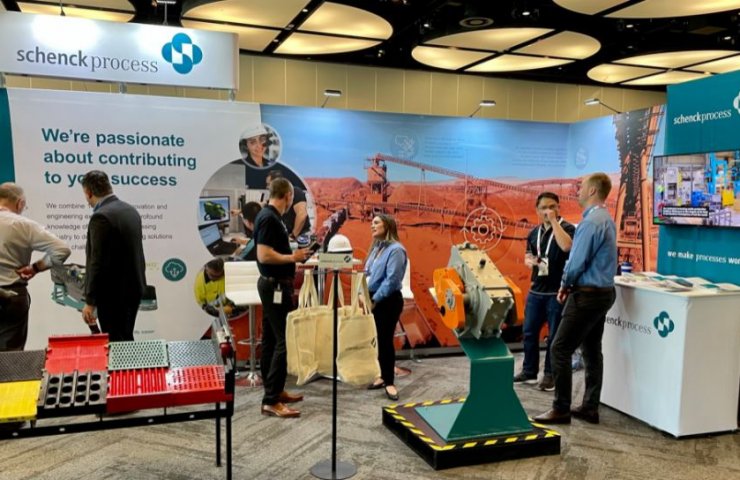New strategies are needed for metallurgy as decarbonization of the global steel industry will reshape demand for iron ore in the next few decades, increasing interest in higher grade ores and scrap steel and decreasing interest in low Fe iron ore as production technologies continue to advance steel.
Throughout the change process, however, according to Christian Heining, partner at McKinsey & Company, the focus of iron ore players throughout the change will be to help producers reduce emissions.
Speaking at the AusIMM iron ore conference in Perth on November 9, Haining noted that as steelmakers move to lower carbon changes, the iron ore industry will face challenges such as a shift in demand towards higher Fe as well as a general decline in demand for iron ore due to increased use of scrap.
Therefore, iron ore suppliers will have to develop products that are more suitable for the production of low carbon steel, for example, with a higher Fe content and a lower pollutant content. At the same time, suppliers must also define or refine their strategies for customers and reduce their own emissions.
Haining predicts that in the longer term, beyond 2030, the role of players in iron ore mining will be more to help steelmakers use BF-CCS (Carbon Capture and Storage) or H2-DRI (Direct Reduced Iron Based hydrogen).
Demand for raw materials for blast furnaces will differ depending on the product. For example, blast-furnace pellets will become preferable, while the agglomeration will be negatively affected by environmental regulations, he said. In parallel, the demand for lower quality materials will increase with the increase in steelmaking capacity in electric arc furnaces, creating possible restrictions on the supply of DR pellets.
Along the way, he noted that Europe will continue to be a net importer of pellets, since there are only two pellet producers on the market, and new DRI /H2 production facilities will create additional demand.
Overall, the trend towards decarbonisation will lead to increased demand for products such as higher grade iron ore fines (Fe> 64%), higher grade iron ore concentrates (Fe> 64%), while demand for higher quality concentrates (Fe> 67-68%) will grow as demand for DR pellets grows in the future, as will demand for steel scrap.




